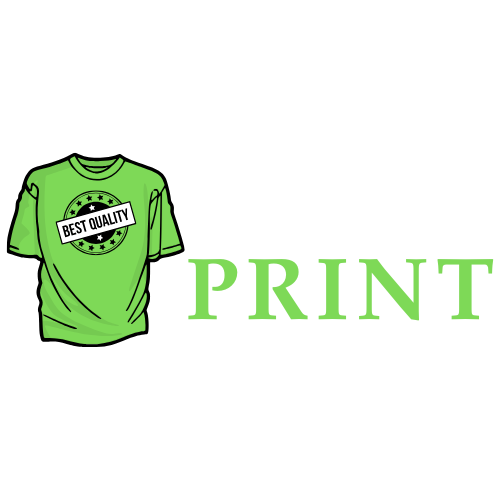DTF supplies have reshaped how small shops, screen printers, and hobbyists approach garment customization. With direct-to-film printing, you design once, print onto a film, and transfer your image to a wide range of fabrics. This guide focuses on selecting the essentials you actually need, avoiding common pitfalls, and building a workflow that delivers color accuracy and consistent results. Along the way, it explains how to balance ink, film, powder, and gear to keep production smooth and predictable. By starting with a tested approach for your ink, film, powder, and gear, you’ll unlock vibrant, durable prints across fabrics.
From an alternative viewpoint grounded in Latent Semantic Indexing, this topic can be described as a film-based ink transfer workflow for textiles. It centers on a carrier film, adhesive powder, and controlled heat to move artwork onto cotton, polyester, and blends, while emphasizing color management and durability. In practical terms, you’ll work with substrates, profiles, and testing routines to optimize adhesion, edge sharpness, and wash resistance.
DTF Supplies that Drive Quality Direct-to-Film Printing
Direct-to-film printing hinges on the careful pairing of four pillars: DTF ink, DTF film, DTF powder, and DTF gear. When these components are aligned, you create a predictable transfer workflow that delivers vibrant color, strong adhesion, and durable wash performance across a wide range of fabrics. In practice, mismatches between ink chemistry, film release, powder melt behavior, or heat-press tooling can lead to color shifts, edge halos, or powder shedding, undermining the advantages of direct-to-film printing.
To optimize results, evaluate each part with your printer in mind: assess DTF ink for color gamut and wash-fastness, select a compatible DTF film with the right thickness and release properties, ensure powder behavior suits your curing temperature, and pair everything with robust DTF gear like a reliable heat press and protective sheets. Tests with swatches on target fabrics help verify compatibility, reduce curl or whitening, and build a reliable baseline for production.
Building a Reliable DTF Workflow: Ink, Film, Powder, and Gear
A repeatable DTF workflow starts with a compatibility check across your ink, film, powder, and gear. Confirm that the ink is designed for your printer and that the film and powder work together to produce even coating and smooth melt during curing. Establish a test protocol that mirrors your production realities: standardized heat press settings, temperature, and pressure across multiple fabrics, followed by post-transfer wash tests to assess adhesion and color integrity in the real world.
Document results meticulously and use them to calibrate color profiles and maintenance routines. Include notes on edge detail, color edges, and any feathering you observe, and track changes in fabric types (cottons, polyesters, blends). Practical buying tips—start with a matched ink/film/powder trio, sample kits, and a budget-conscious plan for ongoing costs—will help you sustain a consistent, scalable direct-to-film printing program with strong color management and reliable production speed.
Frequently Asked Questions
What are the essential DTF supplies I need to start direct-to-film printing, and how do I pick them?
To start direct-to-film printing, focus on the four DTF supply pillars: DTF ink, DTF film, DTF powder, and DTF gear. Choose DTF ink that matches your printer’s system and offers a wide color gamut and reliable wash-fastness; pair it with compatible DTF film and powder to minimize edge halos, curl, or misregistration. Invest in reliable DTF gear—heat press, Teflon sheets, and color management tools—to build a repeatable workflow. Test a small set to verify color accuracy, adhesion, and durability across fabrics, and keep an ongoing log to optimize settings.
How can I evaluate compatibility between DTF ink and DTF film to prevent color shifts and adhesion problems in direct-to-film printing?
Start by verifying that your DTF ink, DTF film, and DTF powder are recommended to work together by the manufacturer. Conduct small, repeatable tests: print a basic logo on several fabrics, cure under your heat press, and assess adhesion after washing. Look for clean edge detail, minimal color shift, and uniform powder dispersion. If issues arise, adjust color profiles, re-calibrate your printer, and try a matched trio of ink, film, and powder for consistent results across production lots.
| Topic | Key Points |
|---|---|
| Core Concept |
|
| DTF Ink |
|
| DTF Film |
|
| DTF Powder |
|
| DTF Gear |
|
| Compatibility & Setup |
|
| Buying Tips |
|
| Testing & Iteration |
|
| Sourcing Checklist |
|
Summary
DTF supplies form the foundation of successful direct-to-film printing, enabling vibrant colors, strong adhesion, and durable wash performance across a wide range of fabrics. By selecting ink, film, powder, and gear that are compatible, testing thoroughly, and budgeting wisely, you can build a repeatable workflow that delivers consistent results, reduces waste, and speeds production. Start with a matched trio, refine your transfer process, and iterate on settings as you gain experience, unlocking reliable outputs that satisfy customers and sustain growth in your DTF supplies business.
